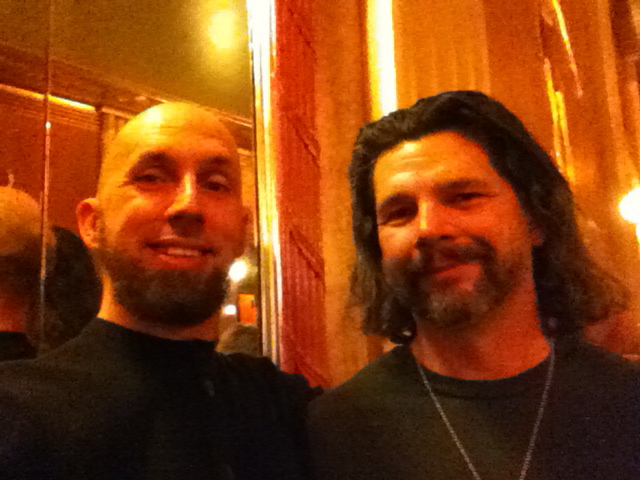Re The PROBLEM With THE Problem, I got a PM from someone here about a story treatment they are working on, and I encouraged them to take a step back and address the Problem, Complications and Decision I discussed upthread. As an example, I applied the questions I was asking to one of my short films (Stagecoach in the Sky) to illustrate how simply you can sum up the key elements of a proposed script:
- Who is the Protagonist and what does s/he need?
Claude Green thinks he wants to become a singing cowboy
- What is the Problem that the Protagonist faces?
Claude is cocky and loses everything: his money, his pride, and the Girl he just met. He has to get them back
- What Are the key Complications that make this increasingly difficult?
- He's ejected from First Class
- Phoenix Phil takes his money
- Phil's floosies make Claude's Love Interest think he's interested in them instead of her
- Phil's "Muscle" bullies him into retreating
- What Active Decision must the Protagonist come to?
That having what he wants means he has to start acting like a cowboy hero instead of talking about being one
- What Action does the Protagonist take to resolve the Problem?
He must stand up to and face down his persecutorsAnd finally
- What does the Protagonist learn or fail to learn from the experience?
That anyone can change if they have the right motivation





 - and I was fairly insistent that she have rank beyond the generic "yeoman."
- and I was fairly insistent that she have rank beyond the generic "yeoman."